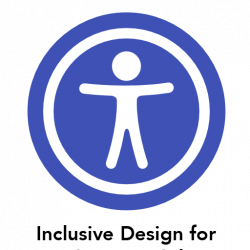Body dysmorphic disorder (BDD) was first documented in 1886 by Morselli and recognized by the American Psychiatric Association in 1987. BDD is a chronic mental illness which manifests itself as a fixation over a perceived physical defect. These defects are typically imagined or are so small the person suffering from the malady is the only one that notices them.
Characteristically beginning during adolescence, this obsession causes psychological distress which often diminishes one’s ability to function on a personal or professional level. Men and women suffering from BDD are often riddled with anxiety and depression causing them to withdraw socially or isolate completely.
Body Dysmorphic Disorder is a High Risk Illness
The cause of BDD is yet to be discovered; however there are some influences that seem to activate the condition.
- Genetics, a family member suffering with BDD
- Emotional or physical abuse
- Low self-esteem
- Media and peer pressure to obtain unrealistic physical attractiveness
- Prior diagnosis of depression or anxiety
- Irregularities in the brain’s neurochemistry
Tell-tale Signs and Symptoms of BDD
Body dysmorphic disorder’s unnatural anxiety over body image can begin as early as adolescents with physical self-criticism. Persons suffering with BDD may show unwarranted hostility toward family members and in extreme cases, present suicidal tendencies; as well as:
- An preoccupation with physical appearance
- Severe self-consciousness
- Relentless self-examination in a mirror, or evading mirrors overall
- Ingrained certainty of a flawed appearance
- Believes others possess the same adverse beliefs
- Anti-social
- Incessantly seeks reassurance from others about physical appearance
- Frequent cosmetic procedures with imagined undesirable results
- Excessive exercising and grooming
- Growing facial hair to hide imaginary imperfections
- Overly comparing their body image to others
- Camera shy
- Depression
- Anxiety disorders
There is Light at the End of the Tunnel
Should symptoms of BDD be evident, seek immediate treatment from a mental health provider. They will run a series of psychological and medical tests to determine diagnosis. Recommended treatments are typically a combination of cognitive behavioral therapy and medications.
Body dysmorphic disorder can be treated successfully.




